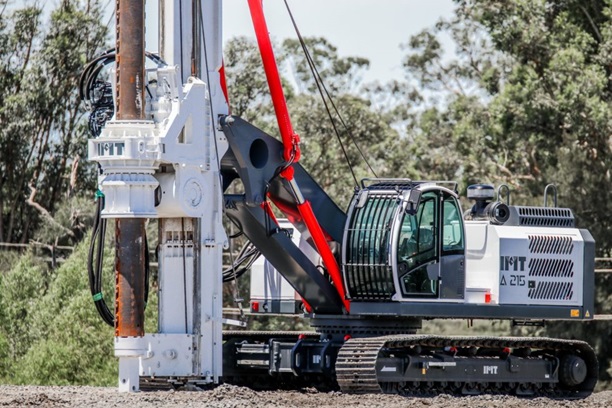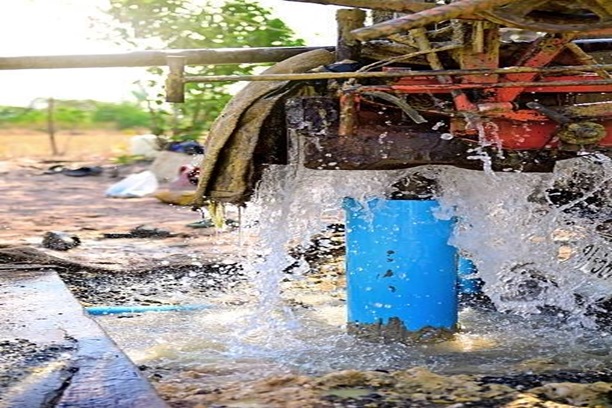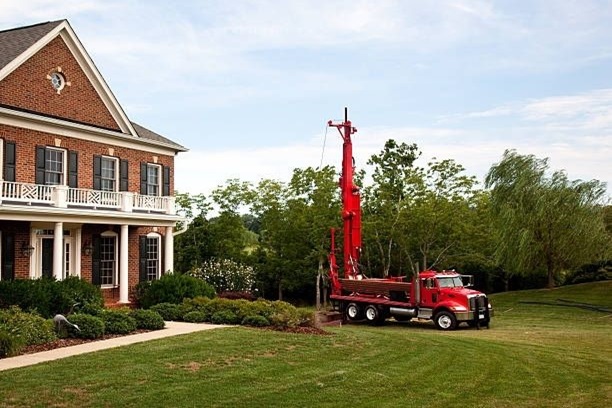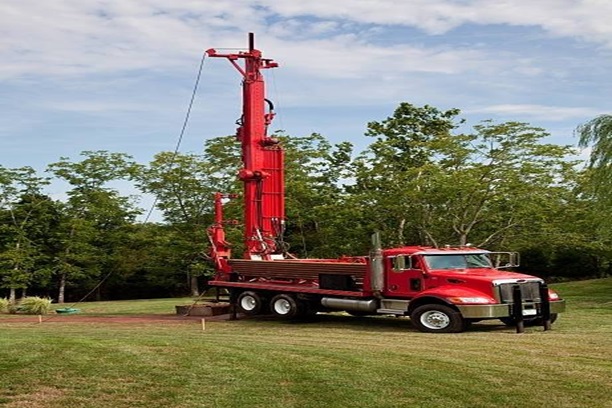Well installation is a meticulous and regulated process aimed at providing access to clean and reliable groundwater for residential, commercial, agricultural, and industrial purposes. Whether drilling a new well or replacing an existing one, understanding the steps involved in well installation is essential for ensuring a successful and efficient outcome.
1. Site Assessment:
The first step in well installation is conducting a thorough site assessment to determine the optimal location for the well. Factors such as geological formations, groundwater depth, water quality, proximity to potential contaminants, and local regulations must be considered during this phase. Well professionals utilize various techniques, including geological surveys, hydrological studies, and soil tests, to assess the site’s suitability for well construction.
2. Permitting and Regulatory Compliance:
Before drilling commences, obtaining the necessary permits and ensuring compliance with local, state, and federal regulations is imperative. Well installation is subject to stringent regulations aimed at protecting groundwater resources and ensuring public health and safety. Depending on the jurisdiction, permits may be required for drilling, construction, and water usage, and adherence to setback requirements from property lines, water bodies, and septic systems may be mandated.
3. Drilling Operations:
Once the site has been assessed and permits secured, drilling operations can commence. The drilling process involves using specialized equipment, such as rotary or percussion drills, to bore into the ground and reach the aquifer or water-bearing formation below. The depth and diameter of the well are determined based on factors such as groundwater depth, anticipated water demand, and local geological conditions.
4. Well Construction:
Following the completion of drilling, the well must be constructed to ensure structural integrity and prevent contamination. This involves inserting a casing—a durable, impermeable pipe—into the borehole to stabilize the well and prevent collapse. The annular space between the casing and the surrounding rock or soil is typically filled with grout or cement to seal the well and prevent the migration of contaminants from the surface.
5. Well Development:
After construction, the well undergoes a process known as development to remove drilling fluids, sediment, and other debris from the borehole and improve water flow. Well development techniques may include surging, jetting, airlifting, or chemical treatments to enhance well productivity and water quality. Proper well development is critical for maximizing the well’s efficiency and longevity.
6. Pump Installation and Testing:
Once the well has been developed, a pump and associated equipment are installed to extract groundwater from the aquifer and deliver it to the surface. The selection of an appropriate pump depends on factors such as well depth, water yield, and pumping requirements. After installation, the pump undergoes testing to ensure proper operation and performance, including flow rate, pressure, and water quality.
7. Water Quality Testing and Treatment:
Following pump installation, water quality testing is conducted to assess the chemical, physical, and microbiological characteristics of the groundwater. Testing may include analysis for parameters such as pH, conductivity, dissolved minerals, bacteria, and contaminants. Based on the test results, appropriate water treatment measures, such as filtration, disinfection, or conditioning, may be implemented to ensure the water meets regulatory standards and is safe for consumption.
8. Maintenance and Monitoring:
Once the well is operational, ongoing maintenance and monitoring are essential for preserving its performance and longevity. Regular inspections, pump maintenance, water quality testing, and well rehabilitation are recommended to detect and address any issues promptly. Proper maintenance practices can extend the life of the well and optimize its efficiency, ensuring a reliable and sustainable water supply for years to come.
In conclusion, well installation is a comprehensive process that requires careful planning, execution, and ongoing maintenance to ensure the provision of clean and reliable groundwater. By understanding the steps involved in well installation and adhering to best practices and regulatory requirements, well owners can safeguard their water supply and protect the environment for future generations.




